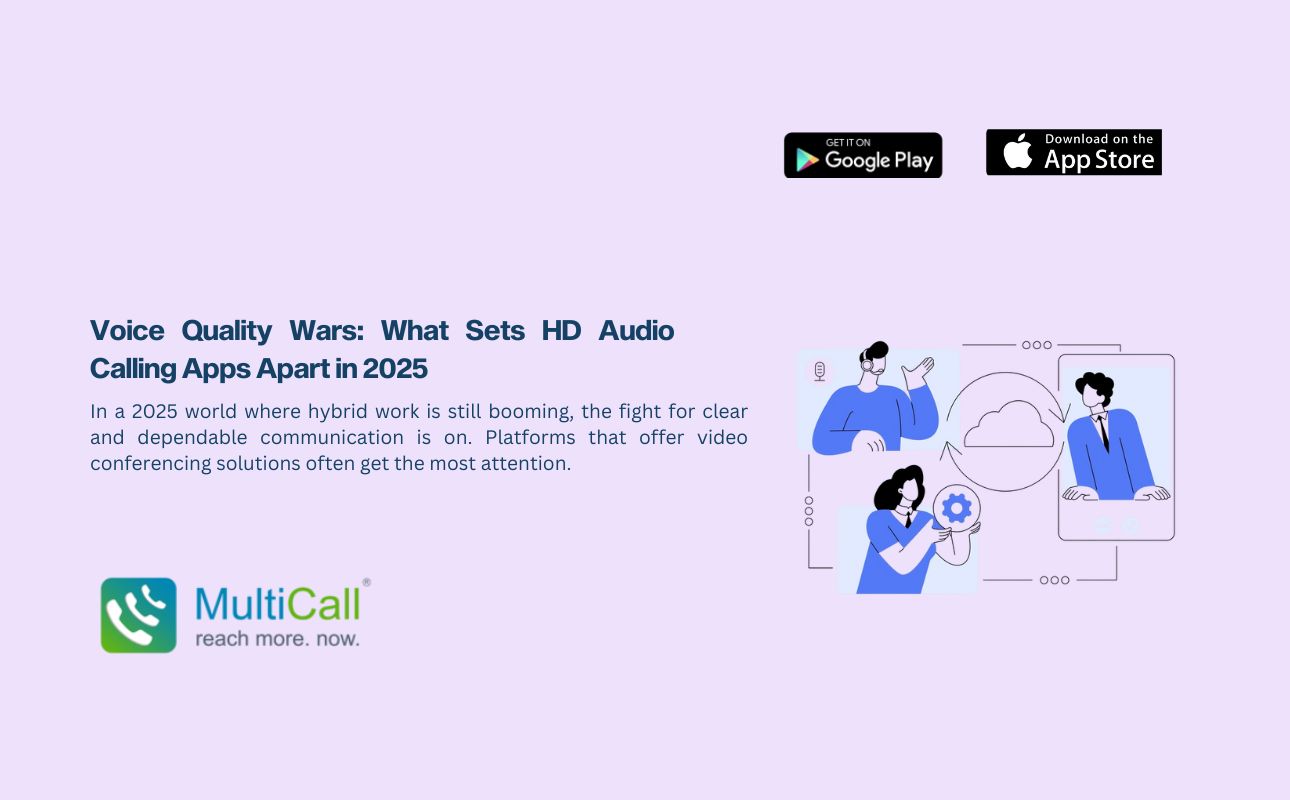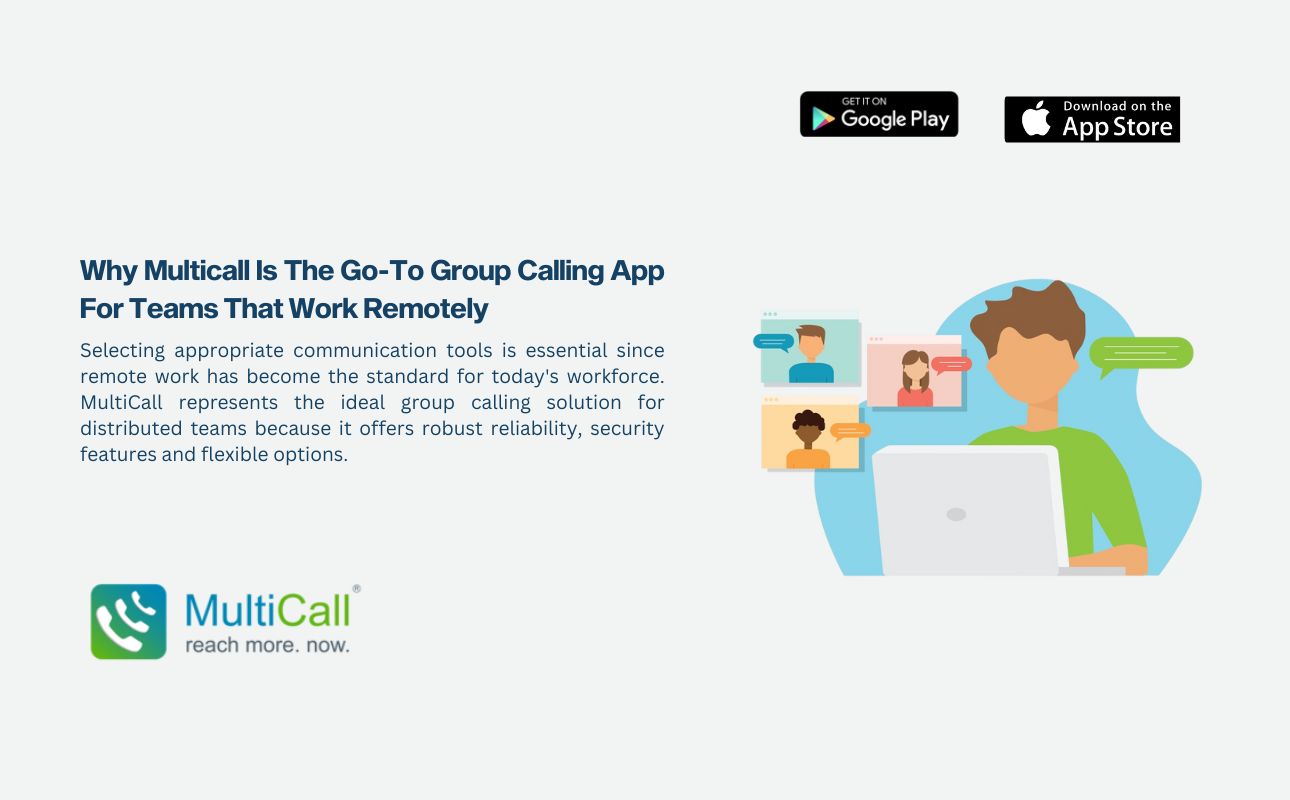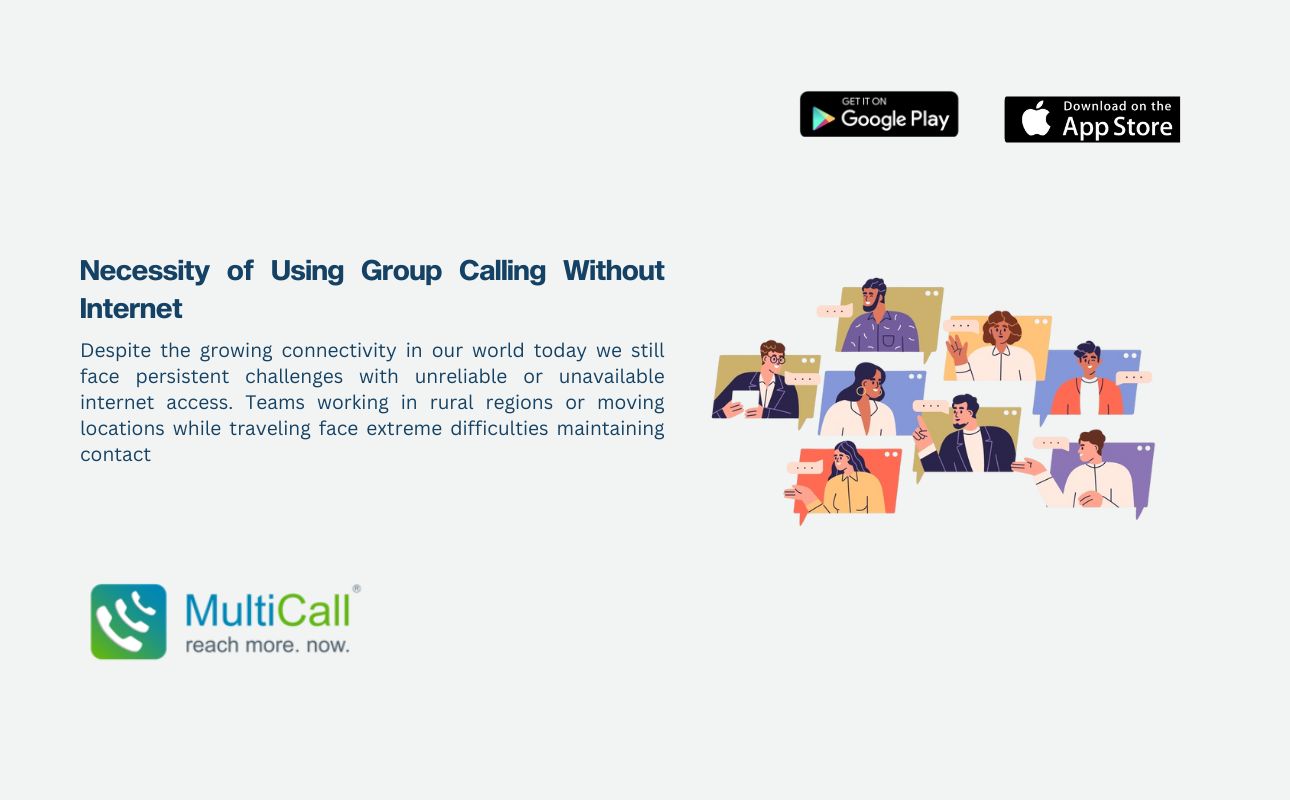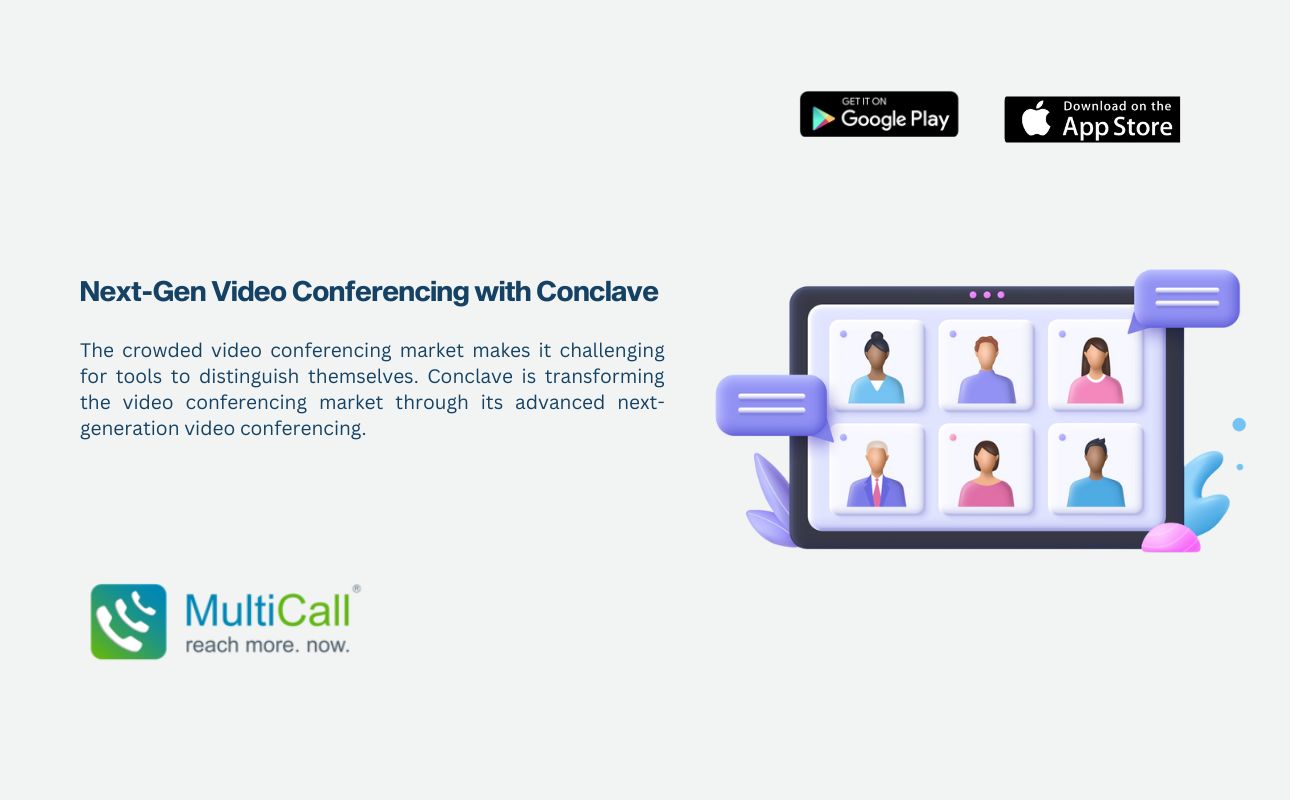Cultural Barriers
It’s human nature to acculturate and become part of a group that we join. With the wish to remain in it, one adopts the behaviour patterns of the group, as these tend to be what the group accept as signs of belonging. The group rewards such behaviour through acts of recognition, rewards and inclusion in opportunities.
Does this sound like a family, group of friends, or the company you work in? That’s exactly what it is! The wanting to conform to the group creates a mutuality of interest, and results in a win-win situation. However, each have their own cultural barriers, which in the membership of a group, can impact communication. This isn’t just on grounds such as religion or race. It can be generational too.
Each age group has a different general approach to work. This however, can lead to conflicts. Older workers describing younger workers as “slackers” or “inexperienced”. Younger workers conversely may criticize older workers as being “out of date”.
The best variety to overcome the variety of barriers involved thus would be to find out how best to accommodate the differences. Some cultures may be more group-centric, others more individualistic.
MultiCall lets you collaborate in both manners if need be. You can collaborate with contacts one-to-one, or set and add them into different groups based on optimal efficiency.















